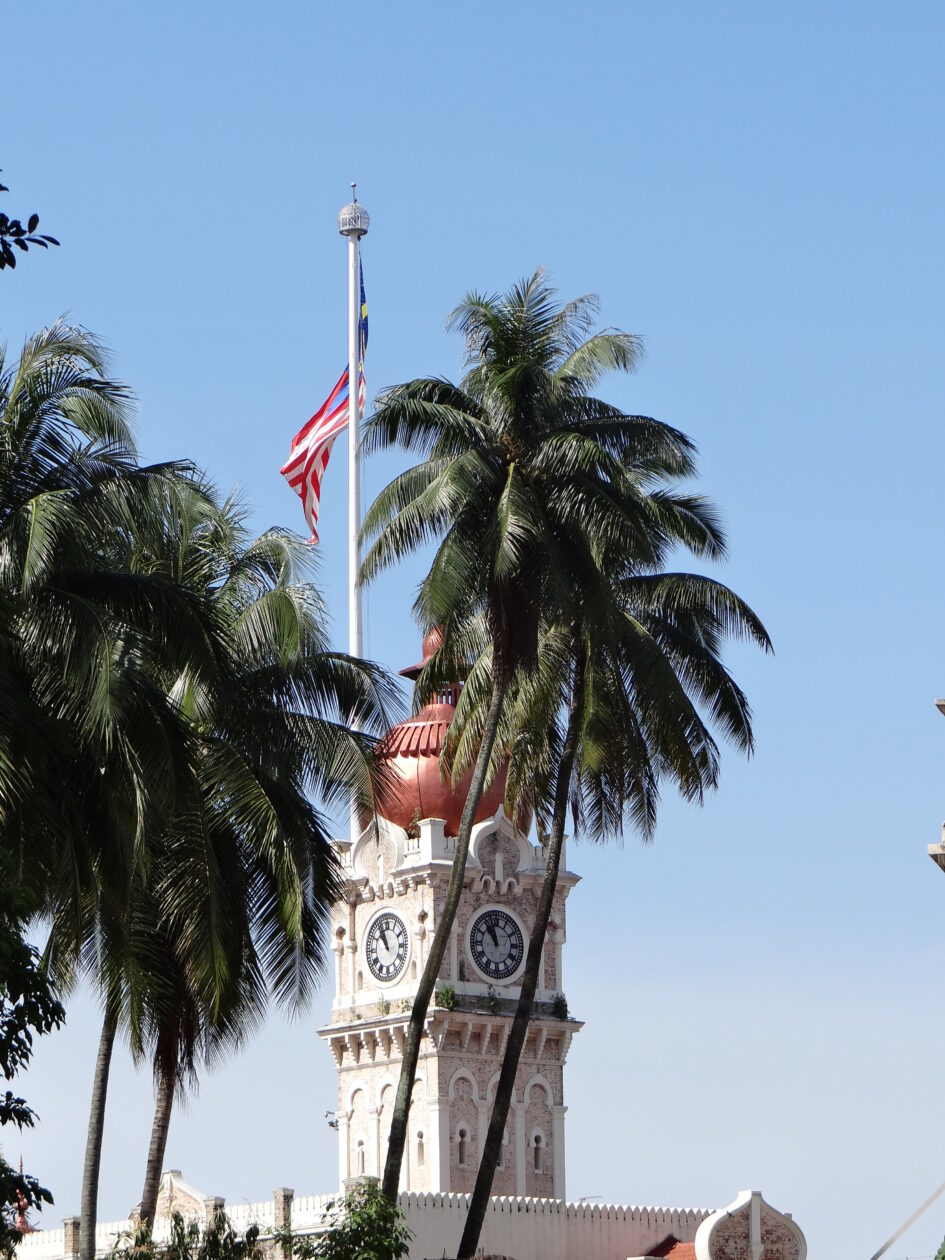Malaysia is one of the most welcoming countries in Asia for European travelers. Its tourism infrastructure is well-developed and caters to both luxury seekers and budget travelers. The country is renowned for its exquisite cuisine, often ranked among the best in the world. Malaysia also offers beautiful sandy beaches, the oldest rainforest on Earth, picturesque tea plantations, highland trekking, and several historic cities listed as UNESCO World Heritage Sites.
However, Malaysia is not ideal for partygoers — alcohol is very expensive, and the nightlife rarely features loud, all-night celebrations.

Climate and Monsoons – When Is the Best Time to Travel?
When traveling in Malaysia, it’s important to consider the climate zones and monsoon seasons. The eastern part of the peninsula and Borneo experience the northeast monsoon from October to February, bringing heavy rainfall during this period. Meanwhile, the western part of the country faces tropical rains mainly from April to October due to the southwest monsoon. This unique weather pattern is quite remarkable given Malaysia’s relatively small size.

History of Malaysia – From Colony to Independent Nation
Malaysia has a rich and turbulent history. During World War II, the country was occupied by Japan, which used Malayan bases to launch attacks on other parts of Southeast Asia. Before the war, Malaysia was a British colony and gained independence only on August 31, 1957. Between 1963 and 1965, Singapore was part of Malaysia but became an independent state due to political and economic differences.
A unique feature of Malaysia’s political system is its rotational monarchy — nine traditional Malay rulers take turns serving as king for five-year terms.
Multicultural Society and Customs
Malaysia is a country of extraordinary ethnic and cultural diversity. Malays, Chinese, Indians, and indigenous peoples of Borneo and other regions form a social mosaic where tolerance and mutual respect are essential for peaceful coexistence. Education and intercultural dialogue help build a society based on understanding and cooperation.
In daily life, it’s helpful to know local customs—for example, avoid touching people’s heads, as it is considered disrespectful, especially among Muslim Malays. Women should refrain from touching Buddhist monks, who are not allowed physical contact with the opposite sex.

Culture and Traditions
Malaysian culture is a fascinating blend of traditions and religions. The country is famous for colorful festivals such as Thaipusam celebrated at Batu Caves and the Rainbow Festival in Kuala Lumpur. Traditional crafts like batik tell stories and legends of the nation. Malaysian cuisine, a fusion of Malay, Chinese, and Indian flavors, is a true feast for the palate.
Top Tourist Attractions
- Kuala Lumpur – the capital city featuring the modern Petronas Towers, the Batu Caves, and the historic Merdeka Square.
- Langkawi – an archipelago known for its stunning beaches, the Sky Bridge suspension bridge, and an oriental village with local handicrafts.
- Penang – the “Pearl of the East” with its UNESCO-listed historic George Town, the Kek Lok Si temple, and the Pulau Tikus local market.
- Borneo National Parks – a paradise for nature lovers and tropical jungle explorers.
Malaysia is a land of contrasts where modernity meets tradition, and cultural diversity creates a unique atmosphere that will surely captivate every traveler.

Leave a Reply